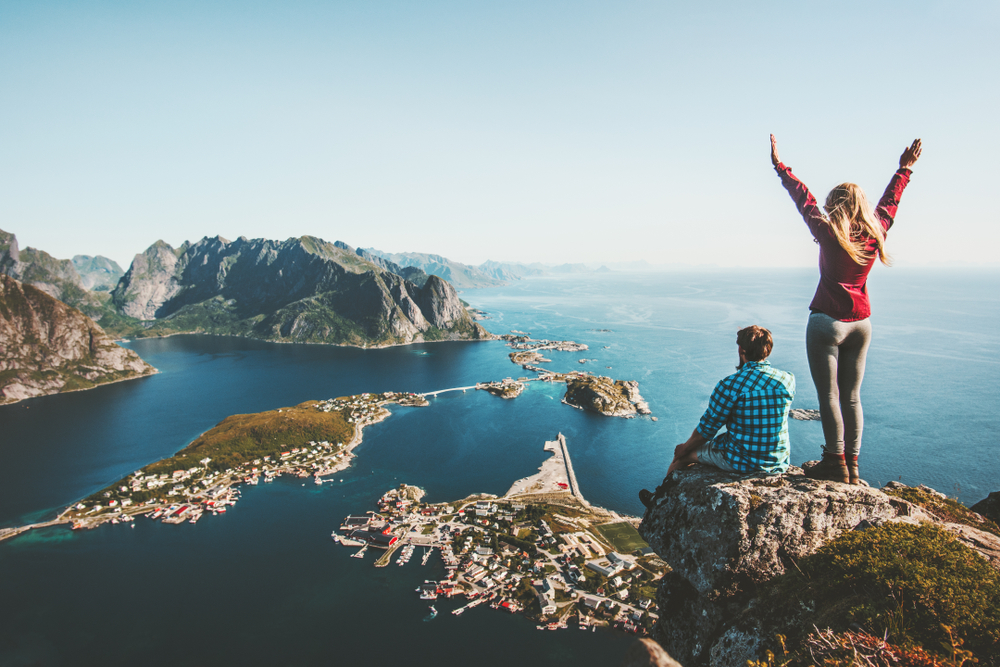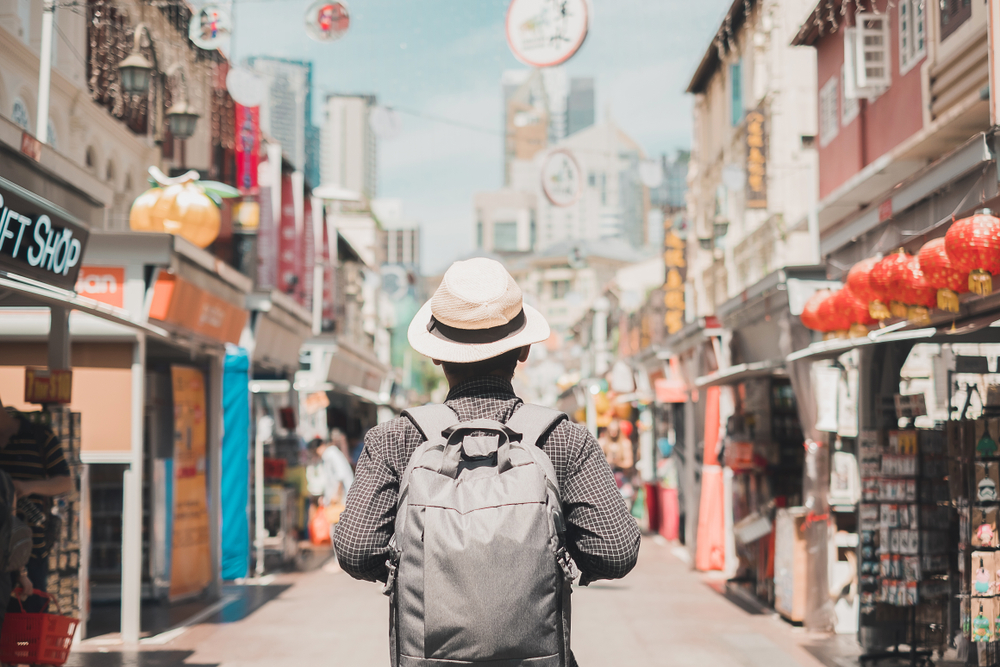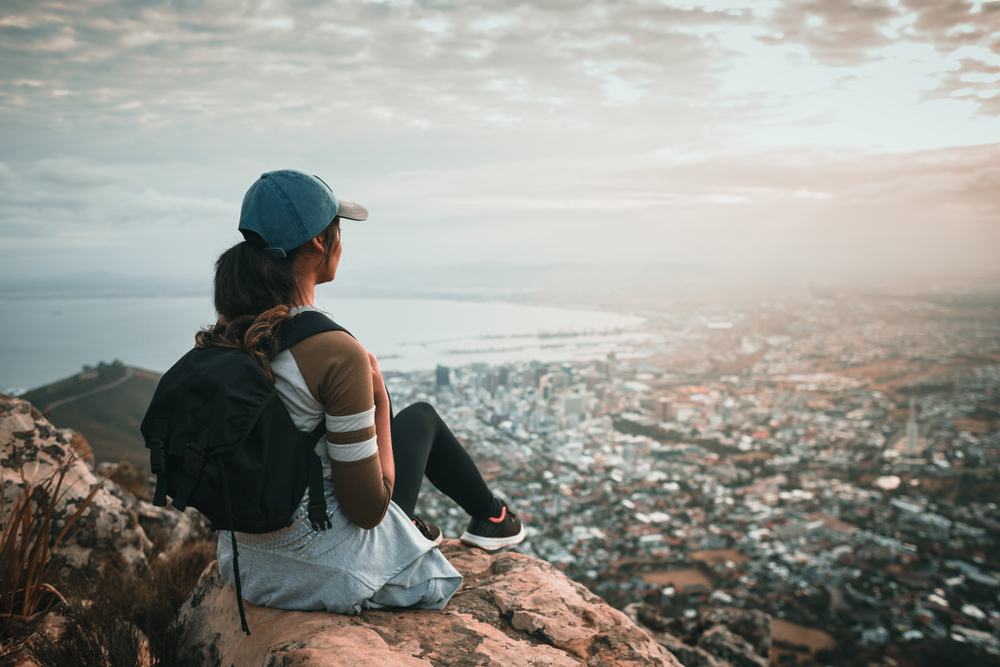Whether you’re planning a cross-country trip or just a quick weekend getaway, here are some road trips to keep in mind while making plans. Like any other type of travel, road trips can come with stressors and hurdles to navigate. These road trip tips will help you enjoy a safe and successful journey:
- Prepare for your trip.
- Bring healthy snacks.
- Stay hydrated.
- Plan your route.
- Plan your rest stops.
- Keep yourself alert.
- Keep passengers entertained.
- Stick to your budget.
- Drive safely.
1. Road trip preparation.
Conduct car maintenance
To make your road trip as smooth and stress-free as possible, it’s important to take care of your vehicle. Before you hit the road, be sure to tackle these maintenance tips to ensure that your car is running smoothly:
- Change the oil, if needed, and perform a general maintenance inspection
- Top off your vehicle’s fluids
- Check the air conditioner/heater
- Inspect your tires
- Build a road trip toolkit, including jumper cables, emergency blankets, spare tire, and more
Get plenty of sleep before you drive
It’s recommended to get at least 7 hours of sleep for two consecutive nights before the road trip to build up your energy reserves. Start driving in the morning after a good night’s sleep, not after a long day of work (unless you plan to stop). Take regular breaks along the way to stay fresh and alert, stopping roughly every 100 miles or 2 hours.
2. Bring healthy snacks.
Carrying along a variety of vitamin-packed, healthy foods will allow you to get by on smaller snacks throughout the long drive while skipping the fast-food stops. Here are some healthy snack ideas that will help you feel full and nourished to take on the road ahead.
Road trip snack ideas
- Beef jerky
- Popcorn
- Protein bars
- Carrots
- Grapes
- Trail mix
3. Stay hydrated.
Keep the water supply well-stocked for maximum energy. The only possible downside is the potential to make more bathroom stops.
4. Plan your route.
It’s important to plan your route, either scenic or direct, by answering a few key questions first. How much time do you have to get there? How many miles can you comfortably drive? Will you stick to freeways or take the back roads? It’s helpful to start with Google Maps and browse the multiple routes that it will suggest. From there, you can filter to avoid highways or toll roads. Once you see the options and choose one, you can start to decide when, where, and how often to stop.
5. Plan your rest stops.
One of the most crucial tips for road trips is to get out of your car and stretch your legs every two hours or so. Plan these stops into your long drive, whether they fall during mealtimes or can be timed to let you check out interesting sites.
Where and when to stop for gas
The top 5 most expensive states to buy gas in are California, Washington, Hawaii, Oregon, and Nevada. The states with the cheapest gas prices are Mississippi, Louisiana, Arkansas, Alabama, and Texas. The cheapest day to get gas tends to be Mondays, while Wednesdays and Thursdays are the most expensive. Filling up your tank in the morning or at night might save you a few bucks due to the temperature affecting the gas stored at the pump.
Where to stop for food
It’s best to save money and time by buying food before the road trip at a grocery store to avoid the unhealthy choices at a gas station. If you prefer to buy food as you go, sample the local food at each stop.
6. Keep yourself alert.
Chew gum
The repetitive process increases circulation and alertness. Try various brands and flavors to keep your taste buds guessing.
Use energizing scents
During long-distance driving, keep a source of peppermint scent nearby. When you feel you need a boost, take a sniff.
Sit up straight
Ensure your seat is adjusted properly for your body and tilted for maximum blood flow. If you feel a driving “trance” coming on, sit up.
7. Keep passengers entertained.
Long drives, especially with kids, can often lead to bickering. That kind of aggravation leads to driver fatigue. Ensure children are entertained with books, puzzles, and other time-killing diversions. On the flip side, road trip games such as “Find the license plate” are great for keeping everyone engaged with one another.
Download apps for the long car trip
Downloading family-friendly and educational apps can help entertain the whole family without any cost to you. These apps include road trip bingo, fruit ninja, angry birds, heads up, and more.
Listen to audiobooks
Audiobooks help keep the brain active without creating a dangerous distraction. For more defensive driving tips, check out these nine. In addition to safe driving habits, your insurance policy is critical to protecting you while driving. Learn more about Nationwide’s auto insurance coverage, including our 24/7 Roadside Assistance option.
8. Stick to your budget.
Road trips don’t have to be as expensive as you think. Planning a budget for your trip can help keep costs under control. Important things to keep in mind for your budget include gas prices, entertainment, food, and housing accommodations.
9. Drive safely.
Most importantly, drive safely during your road trip. Stay within the speed limits, stay aware of your surroundings, and other drivers on the road. Check the weather before you start driving, and if there’s extremely bad weather passing through, plan accordingly.



